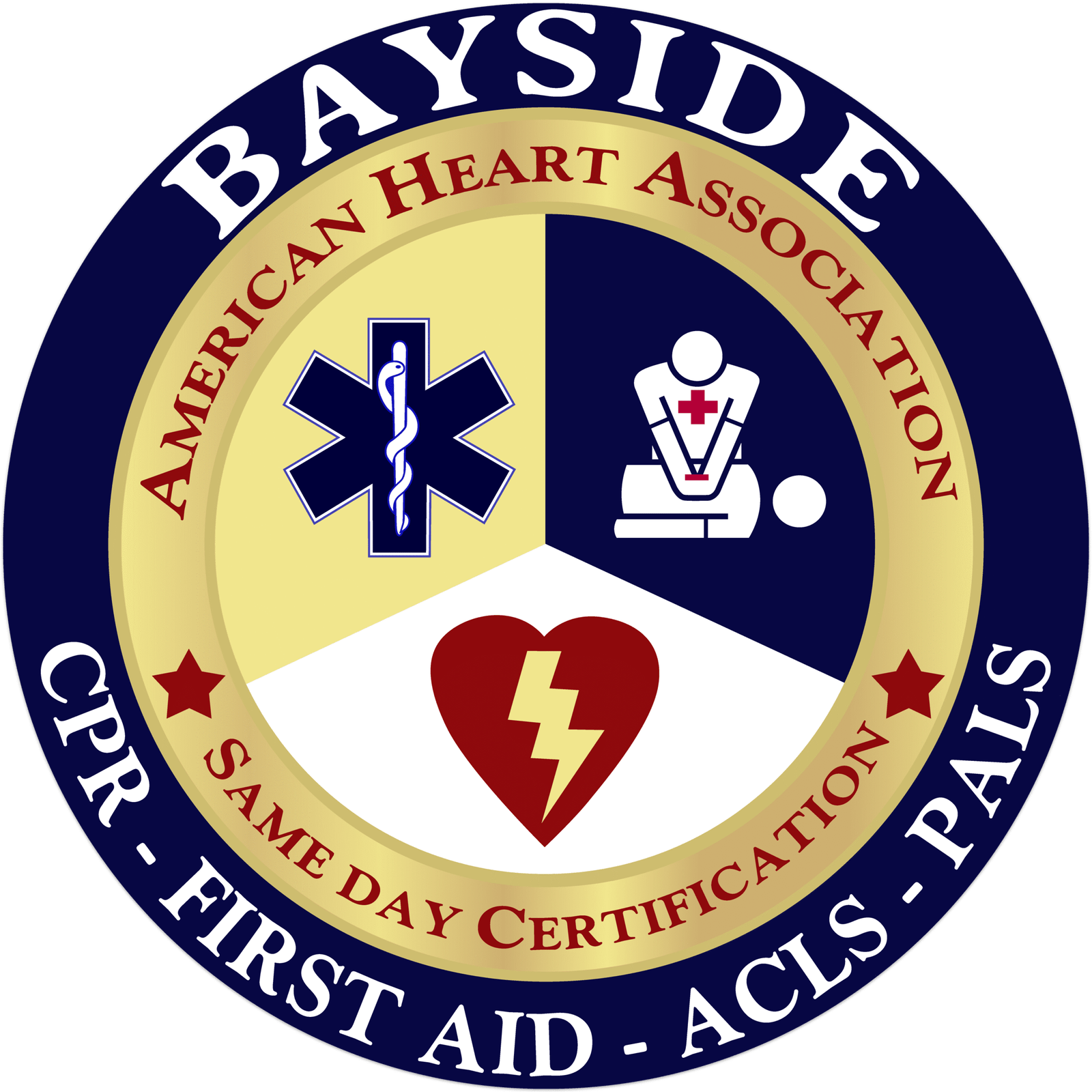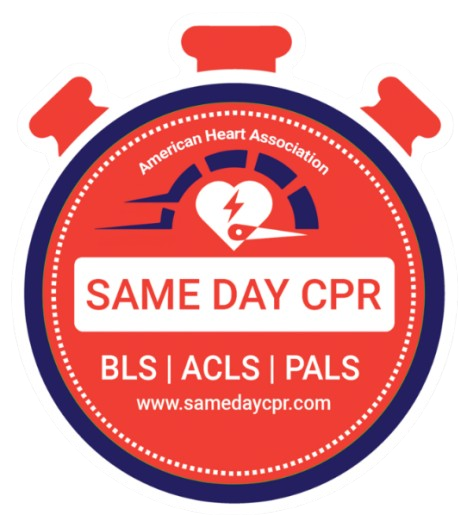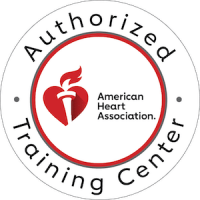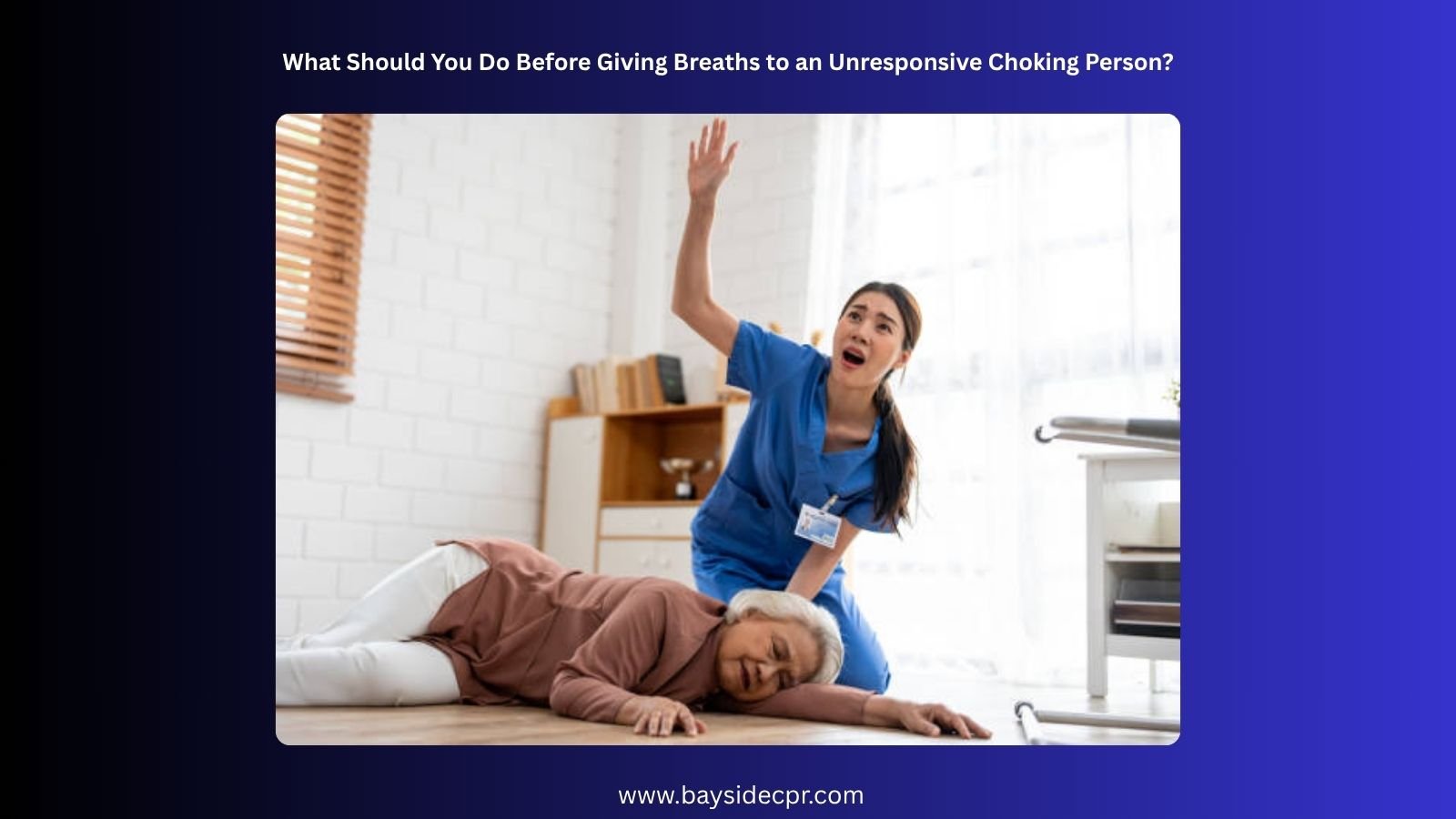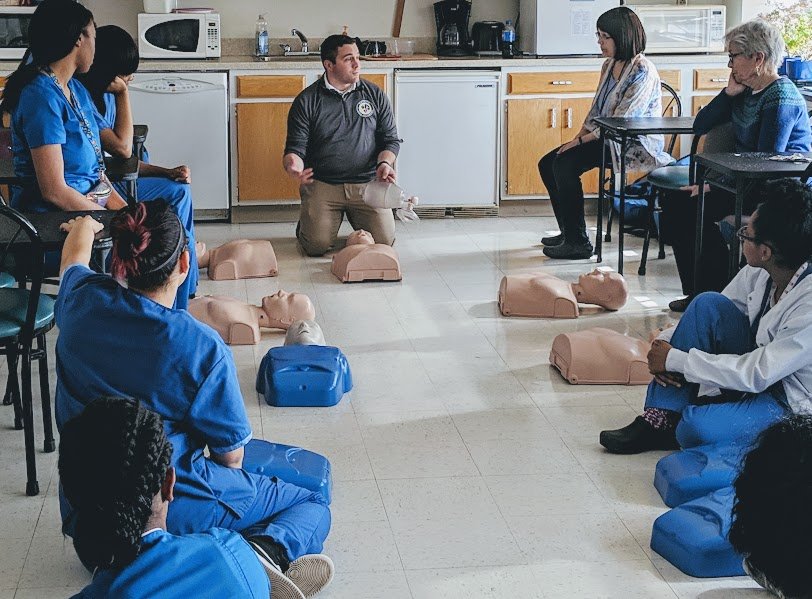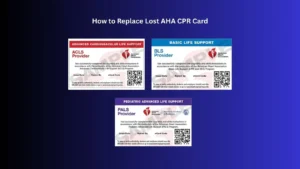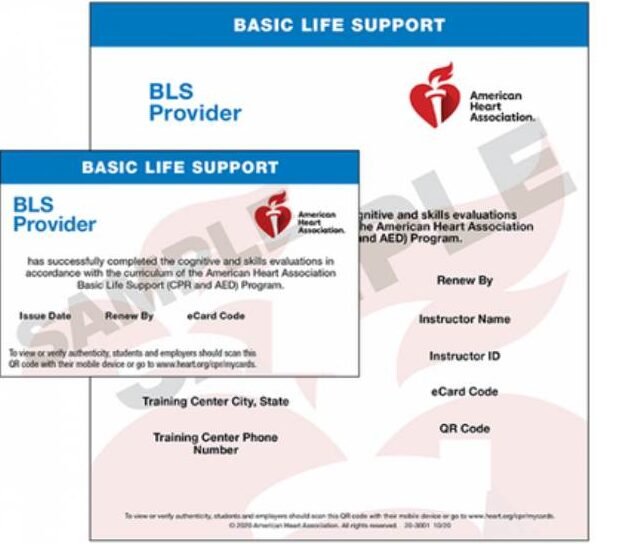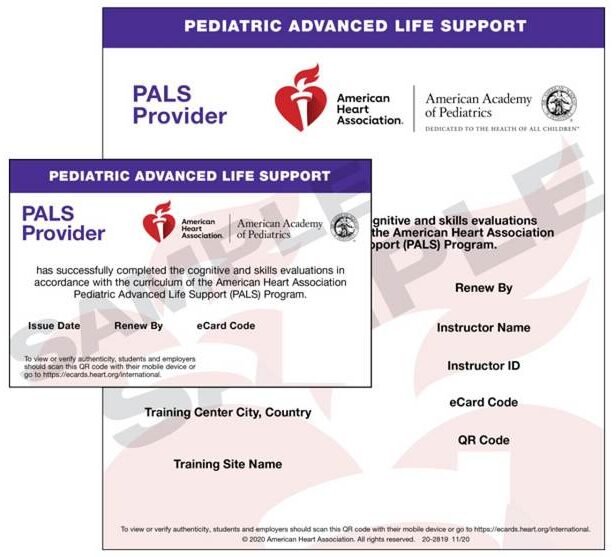When someone is unresponsive and choking, it can be a very stressful and frightening situation. Knowing what to do before giving breaths can make a big difference in helping them recover quickly. The first step is to check if the person is still breathing and to call emergency services immediately. If the person is not breathing and is unresponsive, try to remove any visible obstructions from their mouth if you can do so safely. It’s also important to assess whether the choking is partial or complete, as each type requires a different approach. Recognizing the signs of choking, such as wheezing, clutching the throat, or inability to speak, can help you determine what to do next. Staying calm and acting quickly with the right steps can save a life and give the person the help they need during this scary moment.
It’s also crucial to know what to do if you are alone and choking, as acting fast on your own can save your life.
Steps to Take Before Giving Breaths to an Unresponsive Choking Person
When you find someone unresponsive and choking, it’s important to stay calm and act quickly. Following a few key steps can help you provide the right care and hopefully save their life.
Step 1: Assess the Victim’s Consciousness: The first thing you should do is check if the person is still conscious. Gently shake their shoulders and ask if they can breathe or speak. If they do not respond, it means they are unconscious, and you need to act fast to help them.
Step 2: Call for Emergency Help: Once you realize the person is unresponsive, the next important step is to call 911 for emergency help right away. This ensures that professional medical assistance is on its way while you continue to assist the person.
Step 3: Perform Back Blows: After calling for help, you should start by giving firm back blows. Stand to the side of the person, support their chest with one hand, and give a quick, hard blow between their shoulder blades with the heel of your other hand. This can help clear the airway if something is blocking it.
Step 4: Perform Abdominal Thrusts: If the back blows do not work, the next step is to perform abdominal thrusts, also known as Heimlich maneuvers. Stand behind the person, wrap your arms around their waist, and make a quick, firm push just above their belly button. This helps push out the object blocking their airway. Keep doing this until the person can breathe, cough, or if they become unconscious.
Step 5: Consider CPR: If an adult becomes unresponsive and isn’t breathing, start CPR right away. Use your hands to push hard and fast in the center of their chest to help keep blood moving until help arrives. Also, learn more about how CPR differs in an unresponsive adult choking victim.
When to Provide Breaths?
If the person stays unresponsive even after you’ve given back blows and abdominal thrusts or chest compressions, it’s time to start giving breaths. This means you should gently tilt their head back to open the airway and breathe into their mouth. Giving breaths helps get air into their lungs when they can’t breathe on their own. Keep a calm pace and watch for any signs of improvement while you continue. Remember, your breaths can make a big difference, so stay focused and keep helping until emergency help arrives or the person starts responding.
How to Give Rescue Breaths to an Unresponsive Choking Person
If someone is choking and becomes unresponsive, giving rescue breaths can help them get the air they need. Here’s a simple way to do it, step by step, so you can help safely and effectively.
1. Lift the Victim
First, gently lift the person so they are lying flat on their back. This position helps keep their airway open and makes it easier for you to give breaths. Make sure their head is slightly tilted back to clear the way for air to go in. Being calm and careful while lifting them helps you get ready to give rescue breaths properly and safely.
2. Seal the Victim’s Mouth
Next, place your mouth firmly over the person’s mouth to create a good seal. This helps make sure the air you blow in goes straight into their lungs instead of escaping. Pinch their nose closed with your fingers to stop air from coming out, and take a deep breath before you start. Creating a tight seal is important so your rescue breaths can do their job well.
3. Blow into the Victim’s Mouth
Now, take a slow, gentle breath and blow air into the person’s mouth. Watch to see if their chest rises as you do this; that means the air is going into their lungs. Blow steadily for about one second, then stop and let their chest fall before giving another breath. Blowing carefully helps the person get the oxygen they need without causing any harm.
4. Observe Before Blow Again
After giving a breath, take a moment to watch the person’s chest go back down. This tells you the air has been properly absorbed. Don’t rush. Waiting just a little helps you see how they’re responding and get ready for the next breath. Staying calm and patient makes a big difference while you’re helping.
5. Analyze the Victim’s Condition
Check how the person is doing. Look for signs like movement, coughing, or breathing on their own. If they start to respond, that’s a good sign, but if they stay unresponsive or don’t breathe, keep giving help and get emergency services involved as soon as possible. Paying close attention helps you know what to do next and keeps the person safe.
6. Provide Recovery Respiring to the Victim
If the person starts breathing again but still isn’t fully awake, help them stay comfortable by keeping their airway open and giving slow, gentle breaths if needed. This is called recovery breathing, and it helps support their breathing until they can do it on their own or help arrives. Keep watching closely and be ready to act if their condition changes.
Essential Preparations Before Providing Rescue Breaths
In short, before you give rescue breaths to someone choking and unresponsive, it’s important to get ready carefully. First, make sure the person is lying flat on their back on a safe surface. Check their mouth for any objects blocking the airway and try to remove them if you can see them easily. Always open their airway gently by tilting their head back and lifting their chin. Take a deep breath yourself, then cover their mouth with yours to create a good seal. Giving rescue breaths can really help if the person isn’t breathing on their own, so staying calm and acting carefully makes all the difference. Remember, being prepared helps you give the best care possible when every second counts.
Also read: How should you treat a pregnant choking victim? If any emergency arises.
